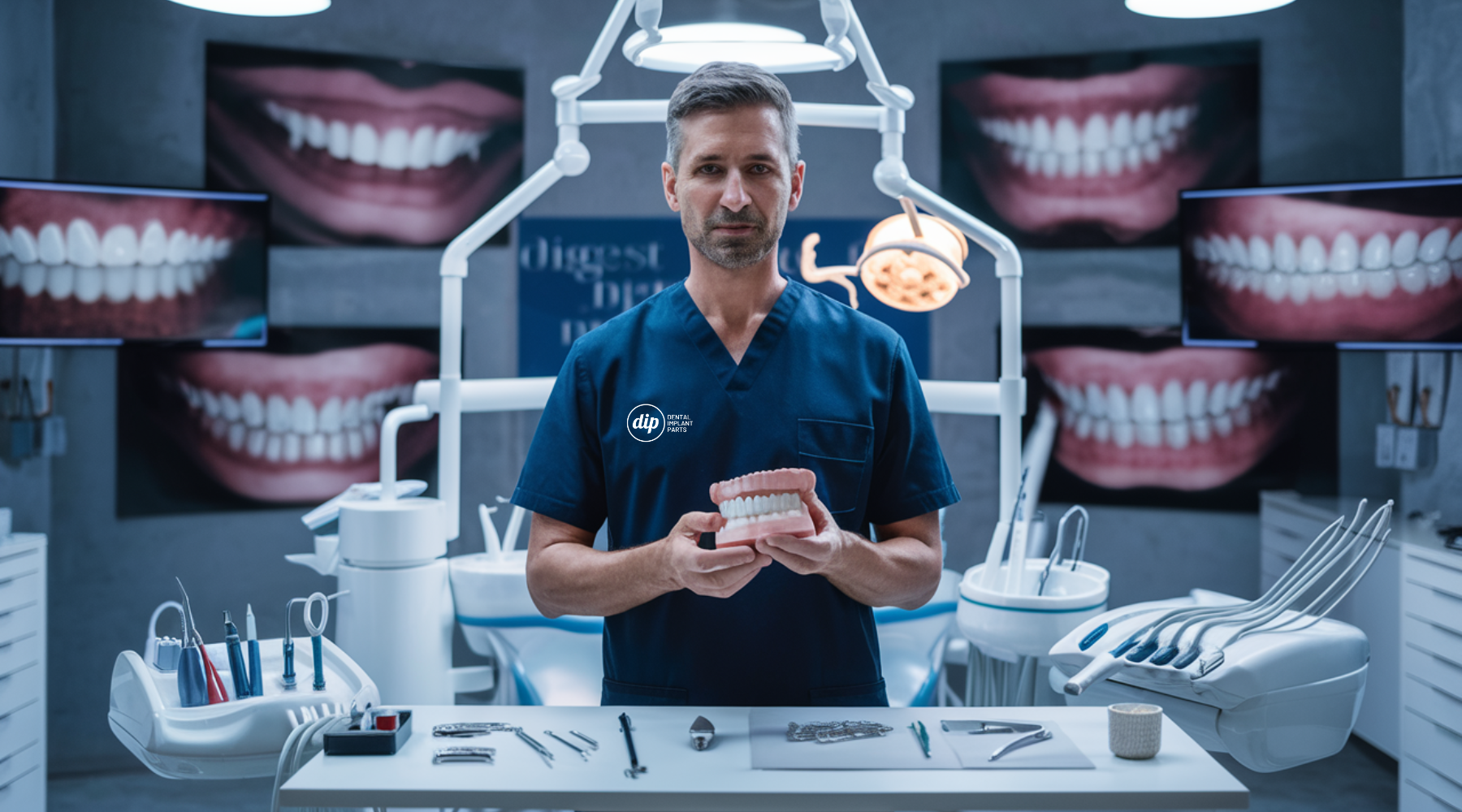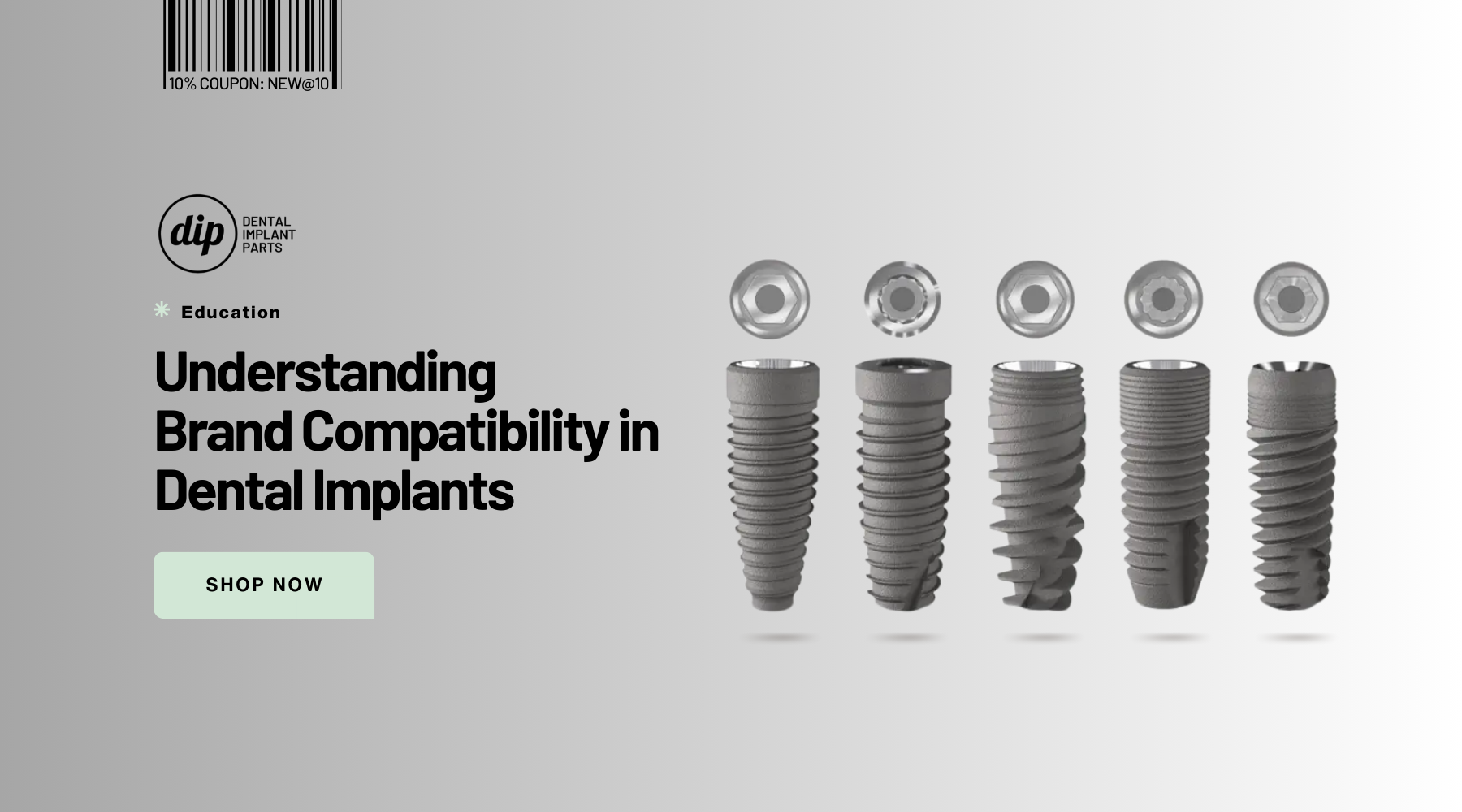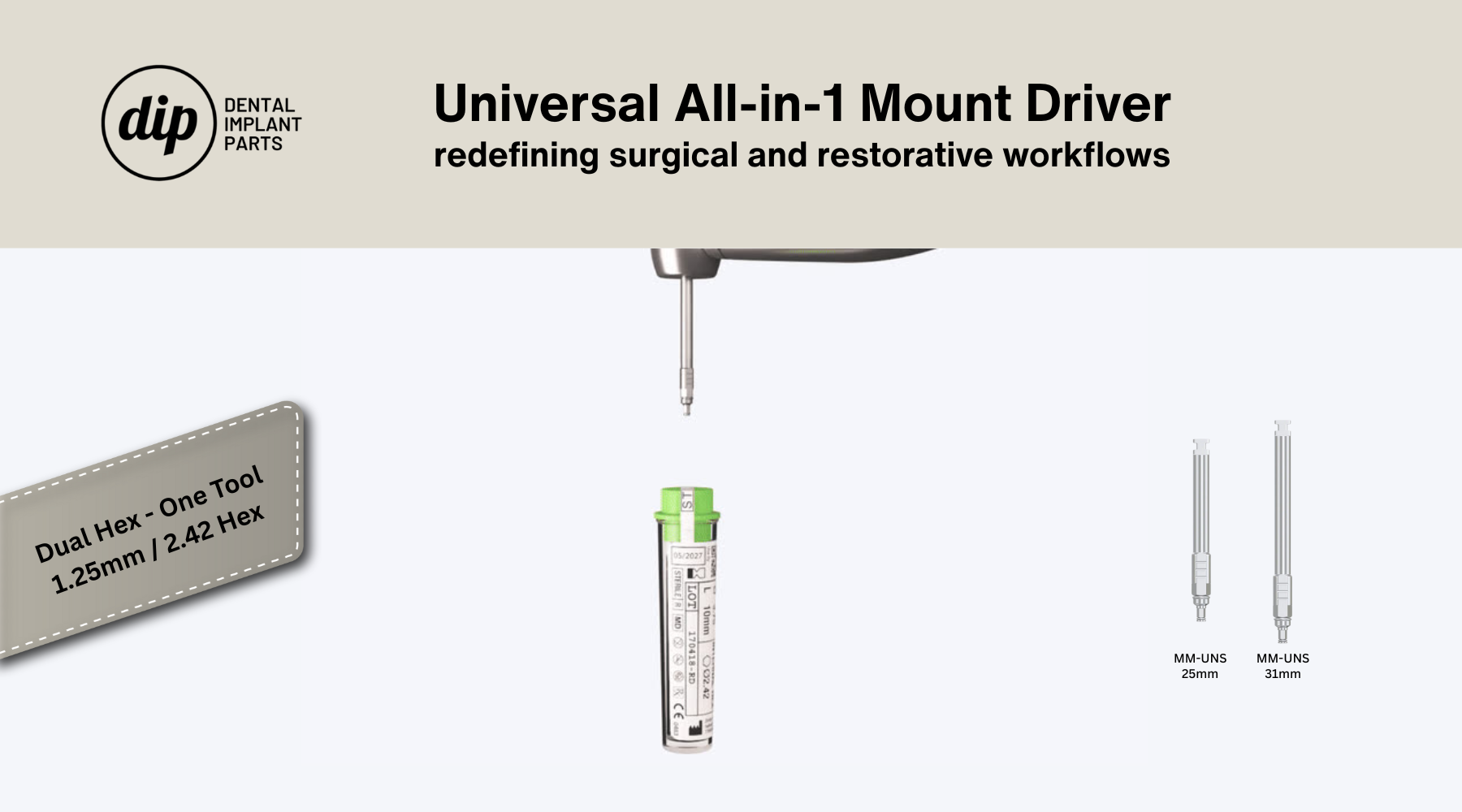Dental implantology has undergone significant advancements over the past few decades, providing clinicians with state-of-the-art tools such as computer-guided surgery and 3D imaging. However, despite these technological improvements, common mistakes can still occur that negatively impact the success of dental implant treatments. Understanding and avoiding these errors is crucial for ensuring the best possible outcomes for patients. In this article we will highlight the five most problematic errors made during implant placement and offered strategies to prevent them.
1. Lack of Understanding of Peri-Implant Biology
One of the most fundamental aspects of successful implantology is a thorough understanding of peri-implant biology. We emphasize that many common mistakes stem from a lack of knowledge in this area or adherence to outdated beliefs. Peri-implant tissues, including the bone and soft tissues surrounding the implant, play a crucial role in the long-term success of the treatment. Ignoring the biological principles that govern these tissues can lead to complications such as bone loss and peri-implantitis.
Avoidance Strategy:
Clinicians should invest time in continuous education to stay updated on the latest research and developments in peri-implant biology. Understanding the biological differences between natural teeth and implants is essential for developing effective treatment plans that promote long-term stability and health of the implant site.
2. Inadequate Treatment Planning
Effective treatment planning is the cornerstone of successful dental implantology. Inadequate planning can lead to improper implant positioning, insufficient bone support, and aesthetic issues. We point out that a comprehensive treatment plan should include detailed assessments of the patient’s medical history, oral health status, and specific anatomical considerations.
Avoidance Strategy:
Utilize advanced diagnostic tools such as CBCT (Cone Beam Computed Tomography) scans to gather precise information about the patient's anatomy. This data can then be used to create a detailed surgical plan, including the optimal implant positioning and the need for any preparatory procedures such as bone grafting.
3. Neglecting the Importance of Soft Tissue Management
While much focus is often placed on the bone and the implant itself, the management of soft tissues around the implant is equally important. Poor soft tissue management can lead to aesthetic problems, increased risk of infection, and compromised implant stability. Ensuring healthy, well-managed soft tissue is crucial for both functional and aesthetic success.
Avoidance Strategy:
Develop protocols for meticulous soft tissue management, including proper flap design, atraumatic handling of tissues, and the use of appropriate suturing techniques. Employ techniques that promote the formation of healthy gingiva around the implant, which serves as a barrier against bacterial invasion.
4. Overloading the Implant
Premature or excessive loading of dental implants is a common mistake that can compromise the osseointegration process, leading to implant failure. Osseointegration is the critical period during which the bone forms a strong, stable connection with the implant. Disrupting this process by applying too much force too soon can result in implant mobility and eventual loss.
Avoidance Strategy:
Follow evidence-based loading protocols that allow sufficient time for osseointegration to occur. Immediate loading should only be considered when there is excellent primary stability and favorable clinical conditions. Otherwise, a staged approach with gradual loading should be employed.
5. Inadequate Post-Operative Care and Maintenance
The long-term success of dental implants is heavily dependent on proper post-operative care and maintenance. Failing to provide patients with clear instructions on oral hygiene and regular follow-up appointments can lead to complications such as peri-implantitis and implant failure.
Avoidance Strategy:
Educate patients on the importance of maintaining excellent oral hygiene around the implant site. Provide detailed instructions on how to care for their implants and schedule regular follow-up visits to monitor the health of the peri-implant tissues. Implement a maintenance program that includes professional cleanings and assessments to detect any early signs of complications.
Conclusion
Avoiding these five common mistakes in dental implantology requires a comprehensive approach that combines knowledge of peri-implant biology, meticulous treatment planning, effective soft tissue management, careful loading protocols, and diligent post-operative care. By adhering to these principles, clinicians can significantly enhance the success of their implant treatments, reduce complications, and achieve better outcomes for their patients.
Advanced clinicians insights and recommendations serve as a valuable resource for dental professionals seeking to improve their implantology practices. Investing in continuous education and staying updated with the latest advancements in the field are essential steps towards achieving excellence in dental implantology.




